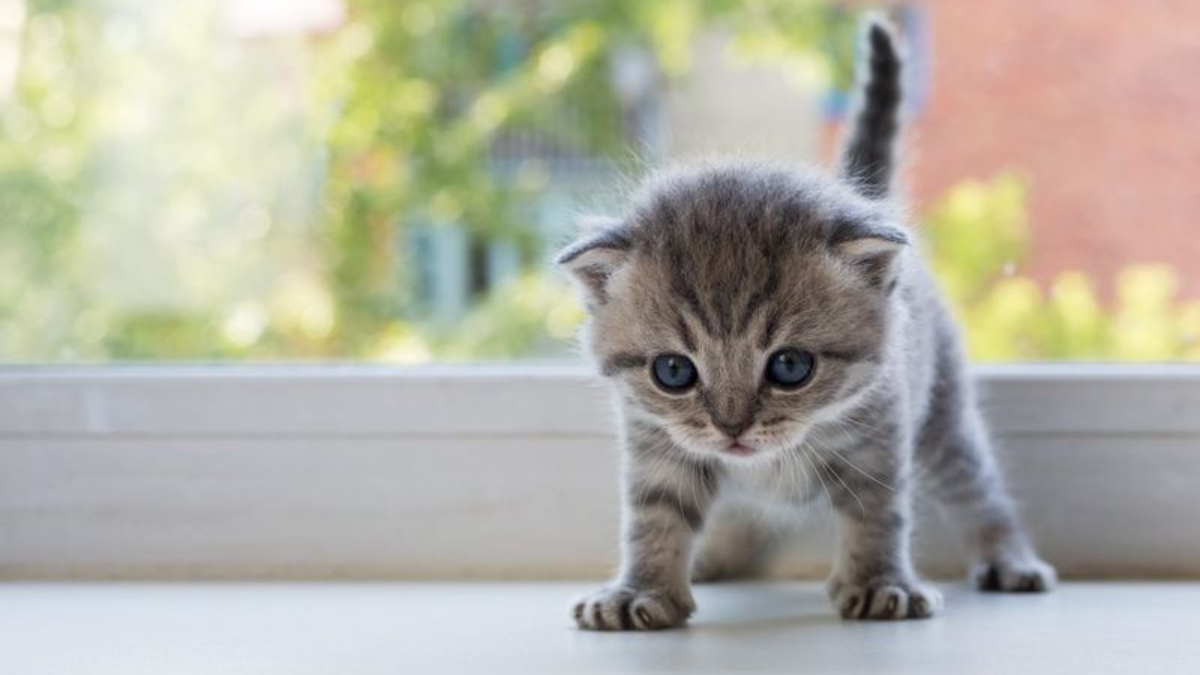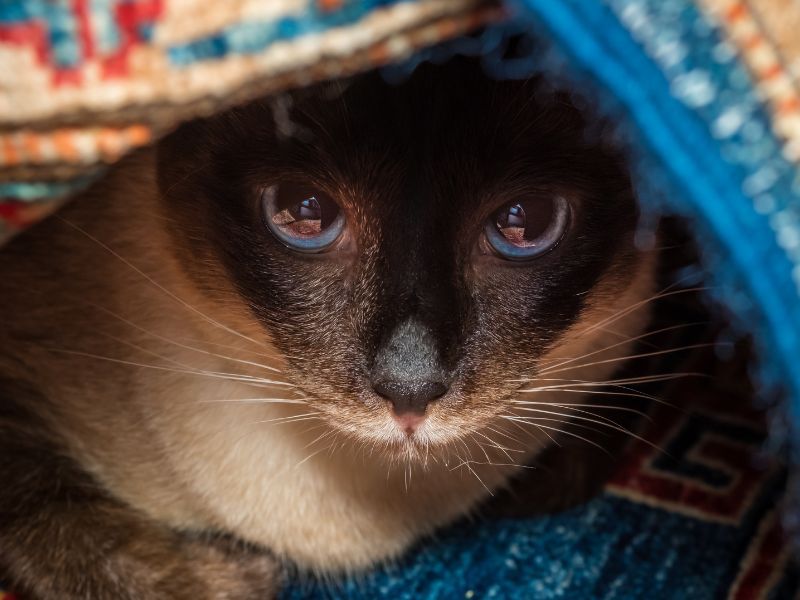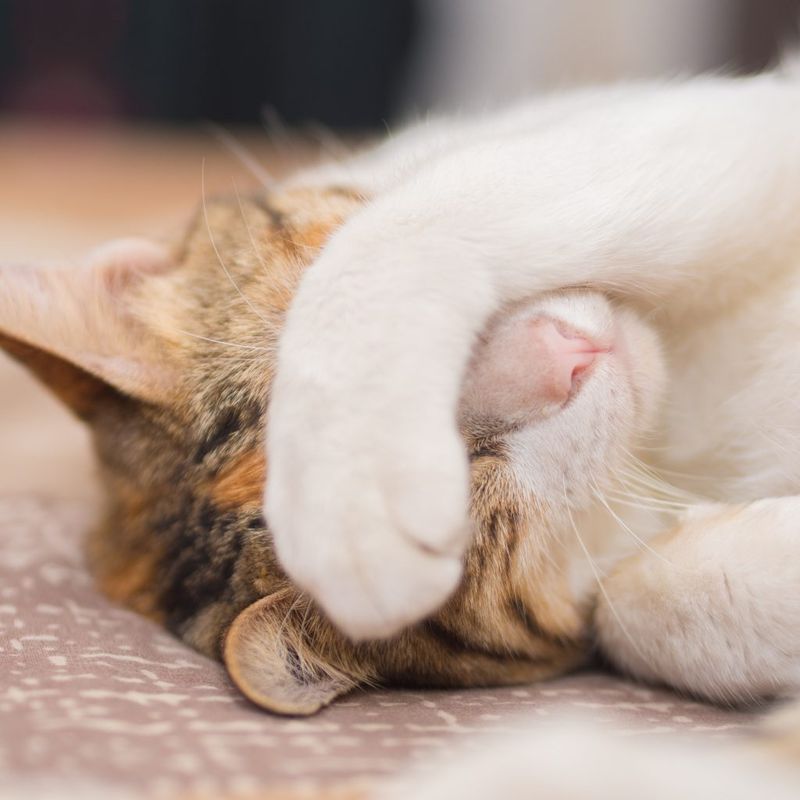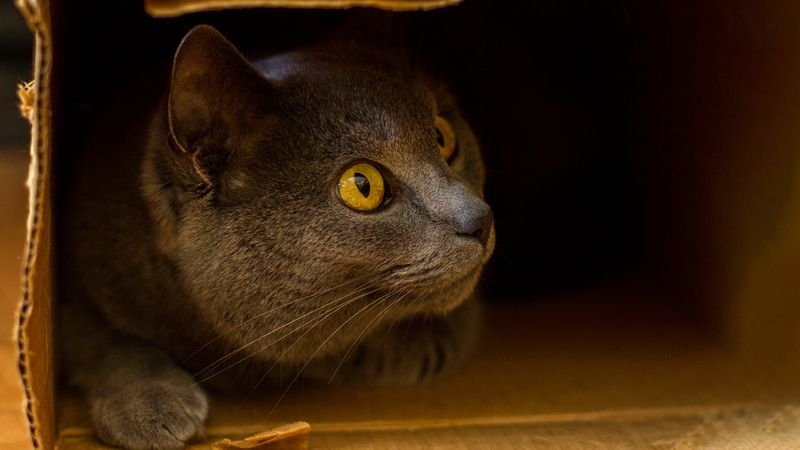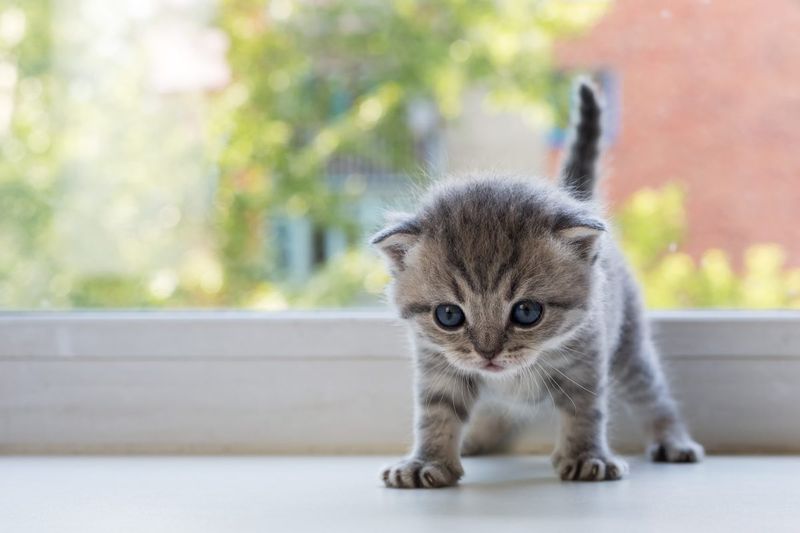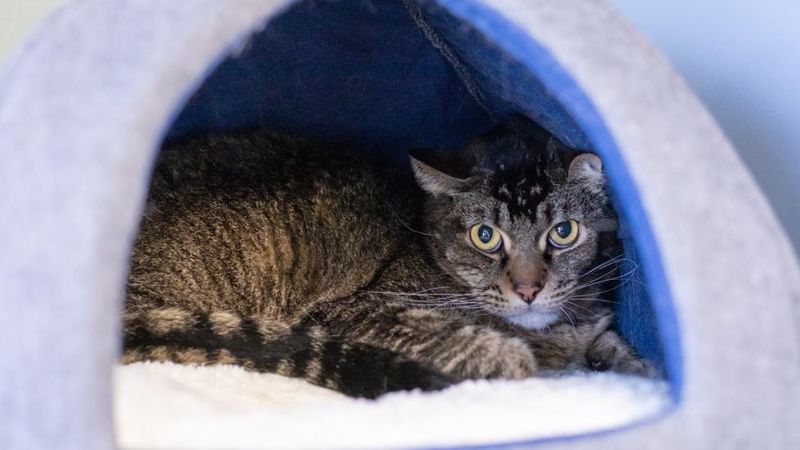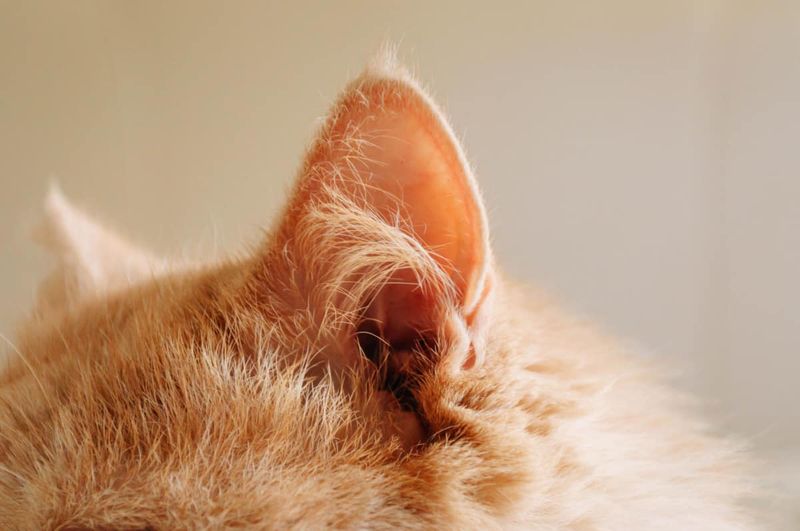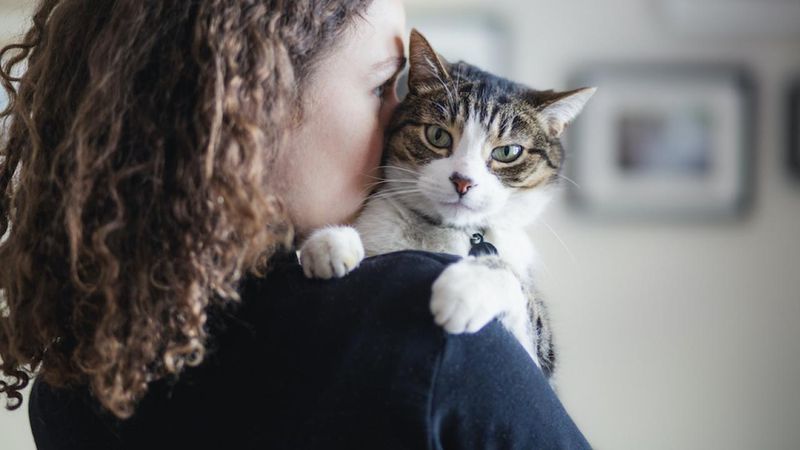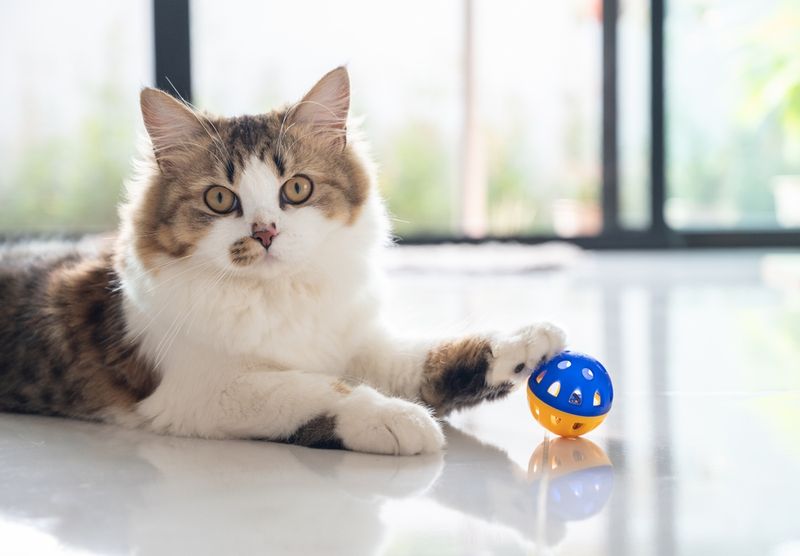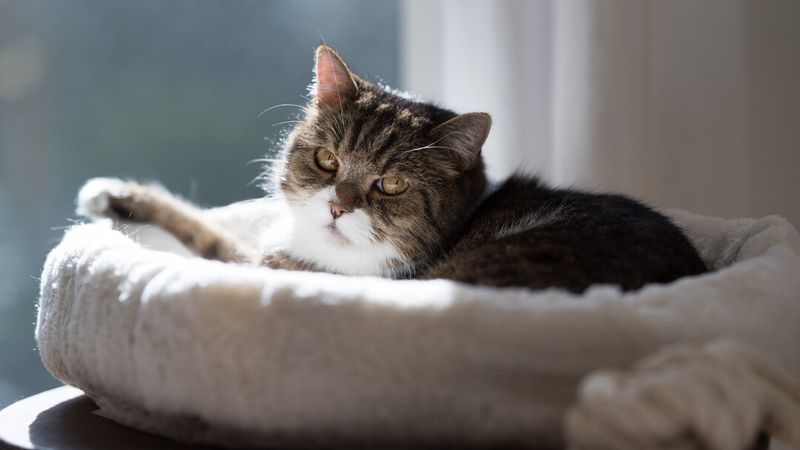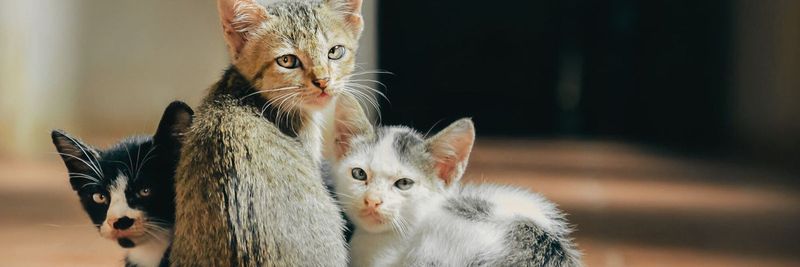📖 Table of Content:
Some cats seem to carry tension in every movement, while others glide through life with effortless calm. This difference isn’t random—it often stems from a mix of genetics, early life experiences, and environment. What appears as “quirky” behavior may actually be a sign of deeper stress or insecurity.
Triggers for feline anxiety can vary widely, from loud noises and unfamiliar people to changes in routine or territory. Sensitive cats may respond with hiding, overgrooming, or aggression, depending on how they process the world around them. Recognizing these signs is key to preventing long-term emotional strain.
A calm, predictable setting can make a huge difference for anxious felines. Simple adjustments like safe spaces, gentle handling, and a consistent routine can ease their nerves. When their emotional needs are respected, even the most nervous cat can learn to relax and trust.
1. Genetic Predisposition
Some cat breeds naturally tend toward more anxious behaviors. Oriental breeds like Siamese and Abyssinians typically show higher alertness and sensitivity to environmental changes compared to more laid-back breeds like Ragdolls or British Shorthairs.
Research suggests anxiety traits can be inherited just like physical characteristics. A cat from anxious parents has higher chances of developing similar worry patterns regardless of upbringing quality.
Breeding practices focusing solely on physical traits sometimes overlook temperament, unintentionally selecting for nervous tendencies. Understanding your cat’s genetic background helps set realistic expectations for their natural stress threshold.
2. Lack of Socialization
The first weeks of a cat’s life play a major role in shaping how it handles the world. Lack of exposure during this period can make harmless situations seem scary.
Under-socialized cats often hide when company arrives or panic during routine changes like moving furniture. Their world feels unpredictably dangerous because they never learned that new things can be safe.
Adult cats with socialization gaps can still improve with patient, positive exposure therapy. Start with brief, calm introductions to new experiences, gradually extending duration as your cat builds confidence. Progress happens at their pace, not yours.
3. Environmental Changes
Routine provides a sense of control for cats. Whether it’s a new home or just a different food dish location, unexpected changes can feel threatening. A stable environment helps maintain emotional balance.
New family members—whether human babies or animal companions—dramatically alter a cat’s established social dynamics. Even positive changes like home improvements disrupt their carefully mapped territory, causing stress as they recalibrate their understanding of safe spaces.
During transitions, maintain as many consistent elements as possible. Keep their food, litter box, and favorite resting spots unchanged when other aspects of life shift. Providing familiar scents and dedicated retreat spaces helps anxious cats cope with unavoidable changes.
4. Limited Territory
Confined spaces restrict natural feline behaviors like exploring, climbing, and patrolling territory. Apartment cats without vertical space or environmental enrichment often develop anxiety from their inability to express normal cat behaviors.
Territorial instincts remain strong even in domestic settings. Without enough space to establish separate areas for different activities, cats experience constant stress. Many behavioral problems stem from this spatial limitation rather than personality flaws.
Creating vertical territory with cat trees, shelves, and perches effectively expands living space without requiring more square footage. Window perches offer mental stimulation, while dedicated hiding spots provide security. Even small homes can become cat-friendly with thoughtful environmental design.
5. Early Life Experiences
Kittens who face stress during their first weeks of life often grow into anxious adult cats. Those separated too early from their mothers miss crucial socialization lessons that teach confidence and security.
Rough handling or frightening encounters during the developmental period between 2-7 weeks can leave lasting impressions. Many shelter cats who experienced chaotic early environments show higher stress levels throughout life.
Creating positive experiences for kittens helps build resilience. Gentle handling, gradual introduction to new stimuli, and consistent routines during kittenhood lay the groundwork for a more relaxed adult cat.
6. Health Issues
Physical discomfort frequently manifests as behavioral anxiety in cats. Chronic pain from dental problems, arthritis, or urinary tract infections can make your normally confident cat seem nervous or aggressive.
Thyroid disorders particularly impact feline anxiety levels by altering hormone balance. Hyperthyroidism often creates restlessness, vocalization, and apparent nervousness that owners mistake for psychological issues rather than medical problems.
Sudden anxiety changes warrant veterinary evaluation before assuming behavioral causes. Many cats become more relaxed after addressing underlying health concerns. Regular wellness exams help catch medical issues before they progress to significantly impact your cat’s emotional well-being.
7. Sensory Sensitivity
Cats possess extraordinarily acute senses that detect stimuli humans completely miss. Some cats show heightened sensitivity to sounds, smells, or visual movement that others ignore. What seems peaceful to us might overwhelm a sensory-sensitive cat.
Household appliances emitting high-frequency sounds, strong cleaning products, or even electromagnetic fields from electronics can trigger anxiety in sensitive cats. Their reactions aren’t overreactions—they’re appropriate responses to genuinely distressing sensory information.
Observe which environments help your cat relax. Creating sensory-friendly zones with minimal noise, gentle lighting, and familiar scents gives sensitive cats necessary relief. Using white noise machines helps mask disturbing sounds, while pheromone diffusers can create calming olfactory environments.
8. Owner Anxiety Transfer
With their heightened sensitivity, cats are experts at reading human emotions. Even the smallest signs—like a tense posture, a change in voice pitch, or fluctuating scent—can pass stress onto them. Owners might not realize how their own anxiety affects their cats.
During tense household periods—relationship conflicts, financial stress, or health concerns—cats frequently mirror their owners’ emotional states. Your furry friend’s sudden jumpiness might reflect your own unaddressed anxiety rather than a cat-specific issue.
Self-awareness helps break this cycle. Practicing personal stress management benefits both you and your cat. Creating calm, mindful interactions even during difficult times provides emotional stability for your sensitive pet. Sometimes the best thing you can do for an anxious cat is address your own stress first.
9. Lack of Mental Stimulation
Boredom creates anxiety in intelligent cats. Without adequate mental challenges, cats redirect their natural hunting and problem-solving instincts into worry behaviors like excessive grooming or destructive actions.
Indoor cats especially need environmental enrichment that mimics natural feline activities. Those left alone for long periods without stimulation often develop repetitive anxiety behaviors as their sharp minds search for outlet.
Rotating toys keeps interest fresh, while food puzzles transform mealtime into engaging challenges. Training sessions using clicker methods provide mental exercise while strengthening your bond. Even five minutes of focused interactive play daily significantly reduces anxiety in under-stimulated cats.
10. Age-Related Changes
Senior cats often develop new anxieties as their senses and cognitive abilities change. Diminished vision or hearing creates uncertainty about surroundings they once navigated confidently. Many older cats startle easily or become clingy as their perception of the world shifts.
Cognitive dysfunction syndrome affects approximately 50% of cats over 15 years old. Early signs include increased anxiety, especially at night, confusion in familiar settings, and altered social interactions with family members.
Maintaining predictable routines becomes even more important for senior cats. Night lights help those with vision changes, while consistent furniture arrangement aids navigation. Veterinary care specifically addressing age-related anxiety can significantly improve quality of life for elderly felines experiencing cognitive changes.
11. Multi-Pet Household Dynamics
Social hierarchies in multi-pet homes create complex stress patterns. Even seemingly peaceful households maintain delicate balances of power that cause anxiety for lower-ranking cats who constantly navigate around dominant animals.
Resource competition, even when resources seem abundant, triggers worry in many cats. A subordinate cat might show anxiety not because there isn’t enough food, but because accessing it requires crossing paths with a more dominant housemate.
Creating multiple resource stations throughout your home reduces competition stress. Separate feeding areas, multiple litter boxes, and abundant resting spots at various heights allow anxious cats to meet their needs without confrontation. Sometimes simple environmental changes address social anxiety more effectively than behavioral interventions.
